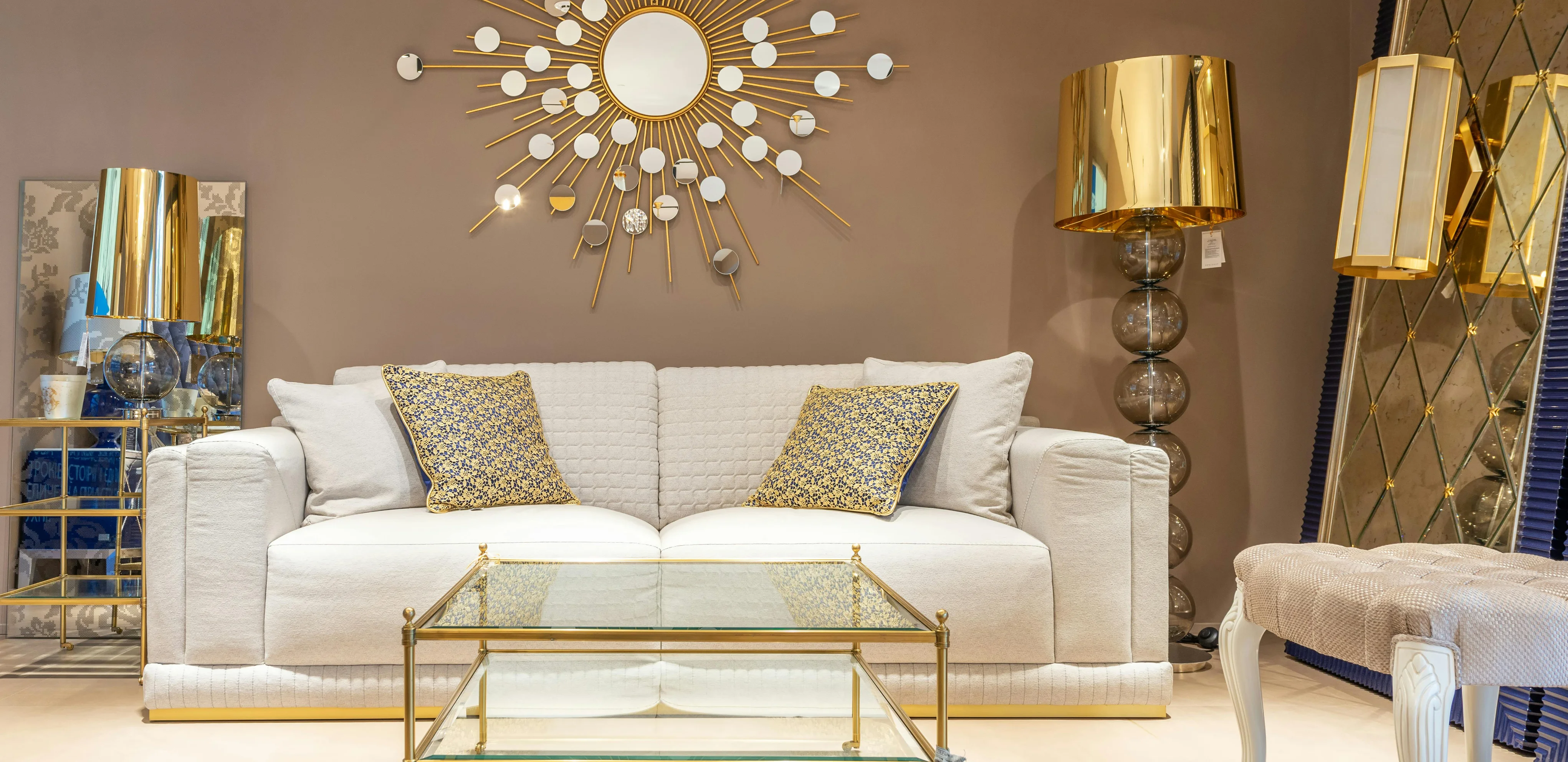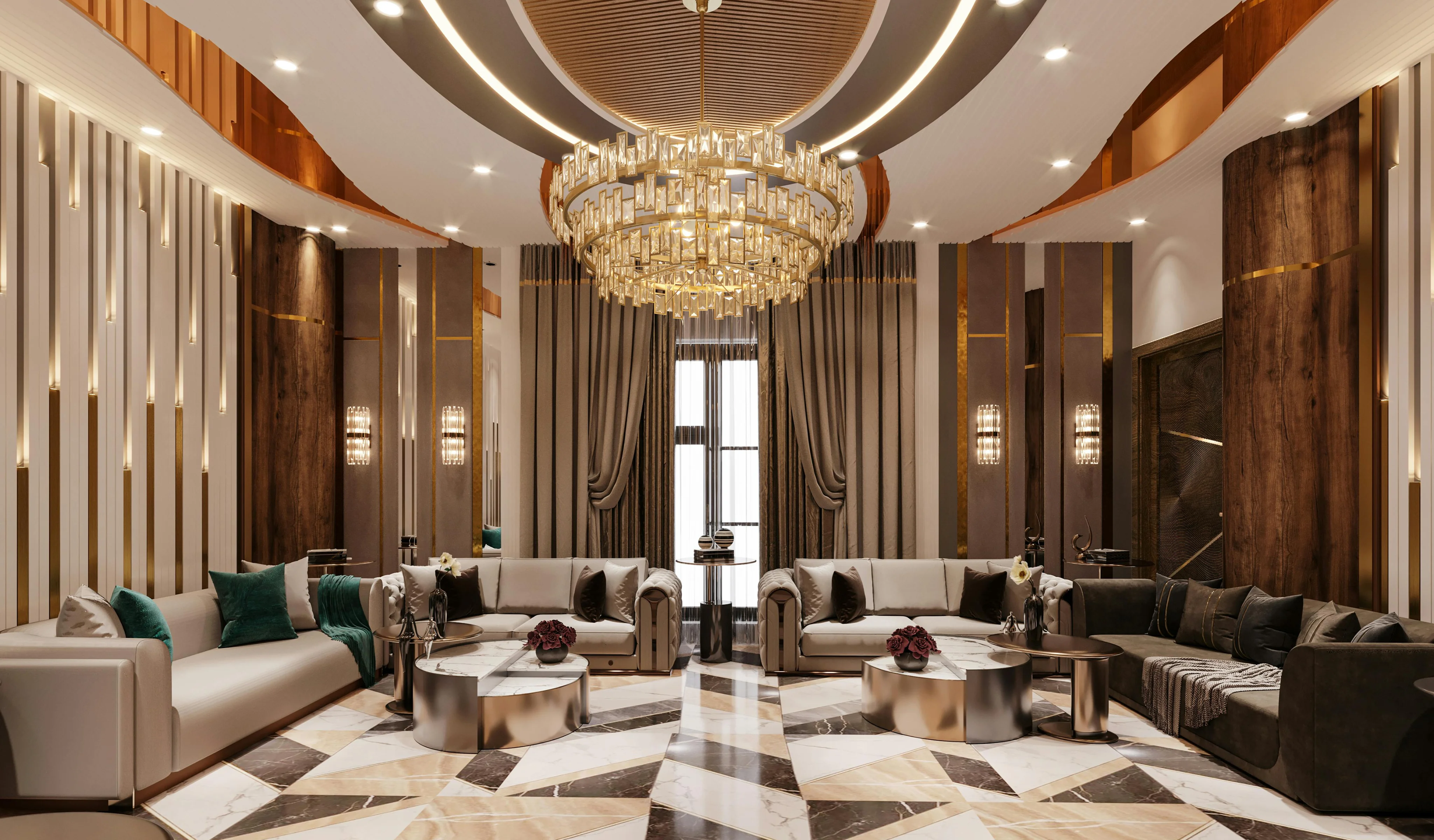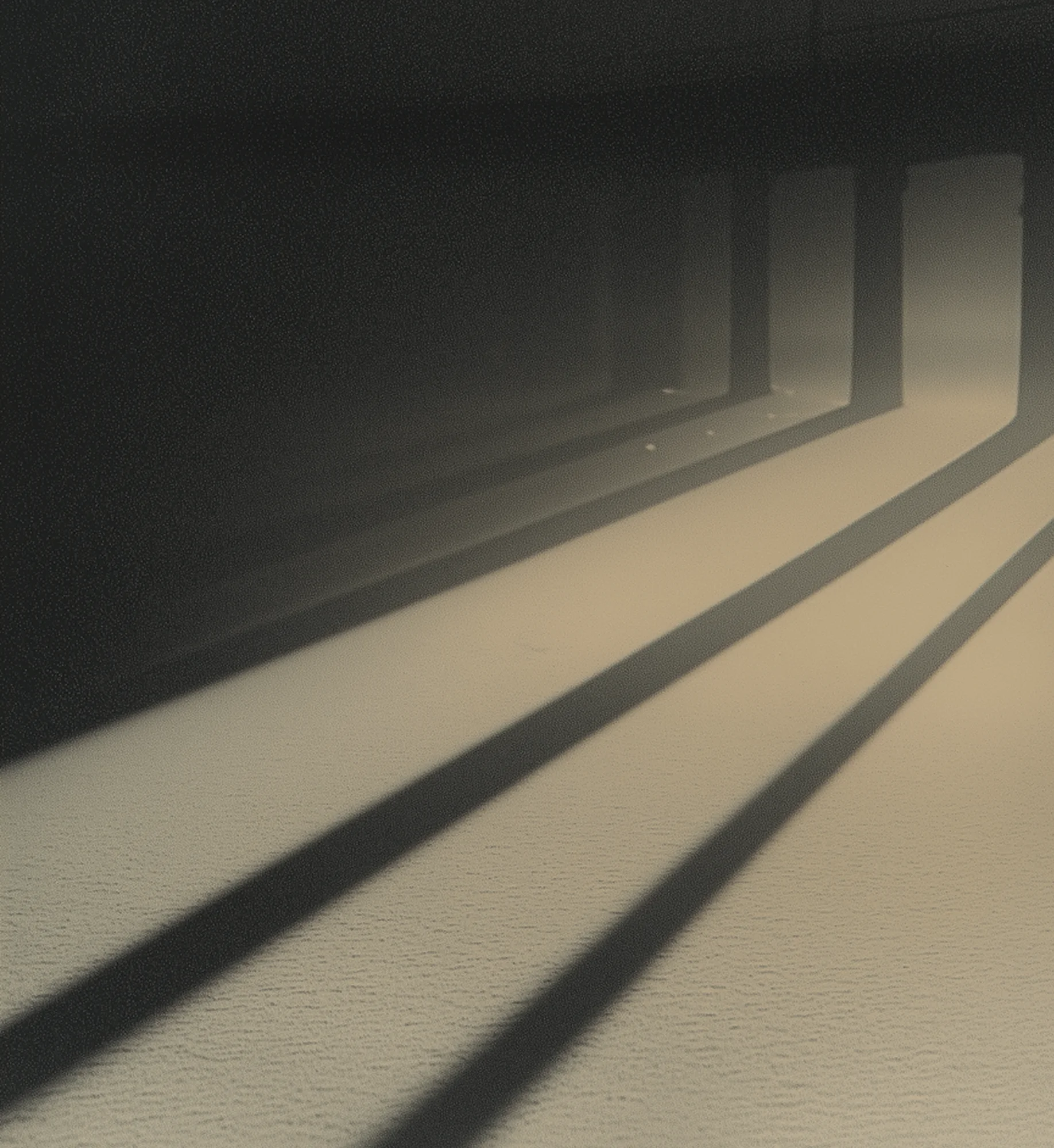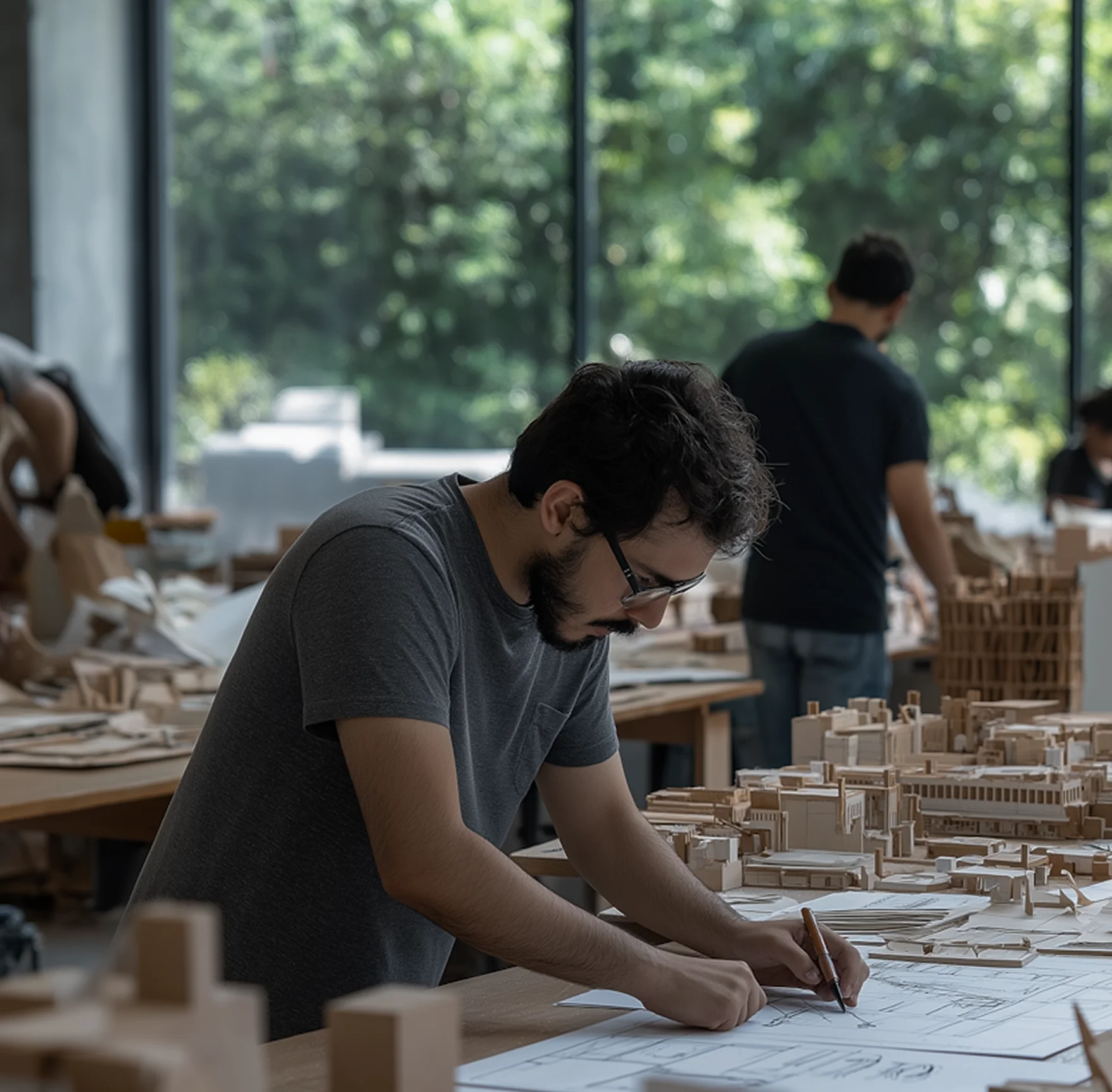Special launch offer available now
Special launch offer available now
Special launch offer available now
Special launch offer available now
Special launch offer available now
Special launch offer available now
Special launch offer available now
Special launch offer available now
Special launch offer available now
Special launch offer available now
Special launch offer available now
Special launch offer available now
Special launch offer available now
Special launch offer available now
Special launch offer available now
Special launch offer available now
Special launch offer available now
Special launch offer available now
Special launch offer available now
Special launch offer available now
Special launch offer available now
Special launch offer available now
Special launch offer available now
Special launch offer available now
In modern architecture, the divide between indoor and outdoor space is no longer seen as a strict boundary — but as an opportunity. By softening transitions and emphasizing openness, architects can create environments that breathe, connect, and adapt to the rhythms of nature.

1.Design Strategies for Seamless Transitions
Creating a smooth connection between indoor and outdoor spaces requires more than just aesthetics — it’s about intentional design. This section explores key strategies architects use to dissolve physical and visual barriers, enhancing flow, light, and livability.
To achieve this level of fluidity, architects often rely on a combination of thoughtful spatial moves and material decisions. Here are some of the most effective strategies used to blur the boundary between indoors and out:
- 1. Large Openings & Sliding Panels
- Floor-to-ceiling glass doors or sliding panels allow physical and visual flow between spaces, transforming walls into temporary frames rather than permanent barriers.
- 2. Consistent Materials Inside & Out
- Using similar flooring or ceiling finishes indoors and outdoors can create visual continuity, making two spaces feel like one.
- 3. Intermediate Zones (Terraces, Courtyards, Verandas)
- Semi-enclosed zones act as buffers — they invite in air and light while maintaining shelter and privacy.
2. Formark’s Perspective
At Formark, we approach each project with a sensitivity to context — whether it’s framing a city skyline or opening a home to a quiet garden. For us, indoor–outdoor continuity isn’t just a style — it’s a way to create healthier, more connected ways of living.
3. Conclusion
As architecture continues to evolve with lifestyle and climate in mind, dissolving the line between inside and outside becomes more than a trend — it becomes a philosophy. One that honors openness, light, and the rhythms of everyday life.





